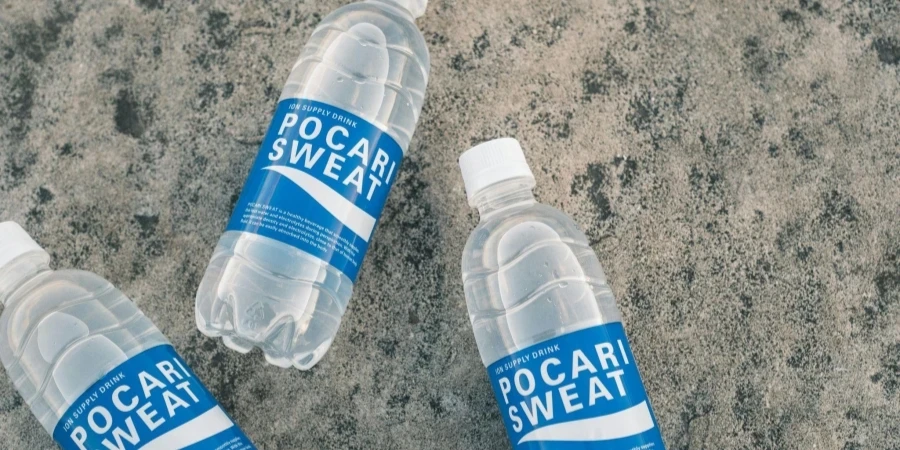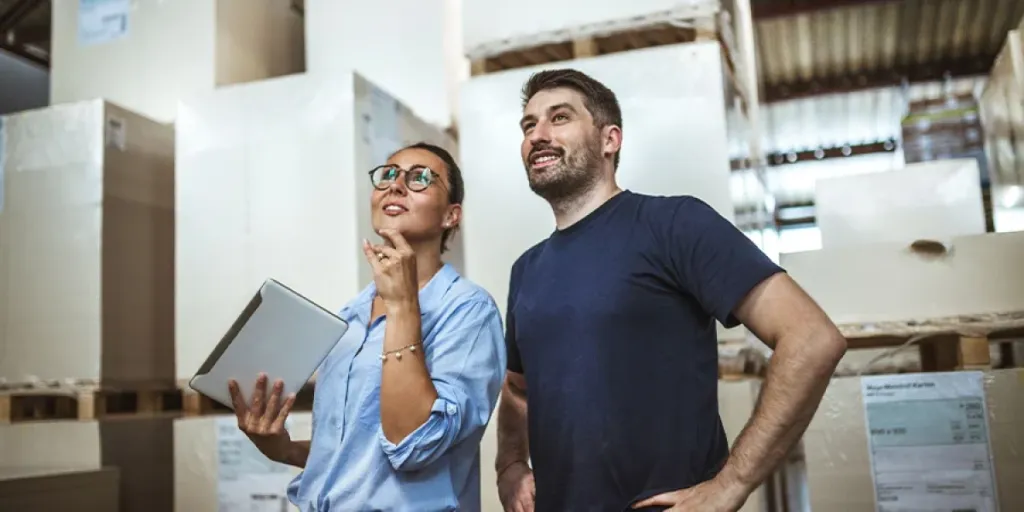From self-heating AI bottles to biodegradable saree wrappers, discover why the future of packaging isn’t about boxes – it’s about rewriting human relationships.
Table of Contents
Introduction: The Silent Revolution in Your Trash Can
Chapter 1: When Your Medicine Bottle Becomes a Climate Warrior
Chapter 2: The AI Whisperer in Your Whisky Bottle
Chapter 3: Sari Not Sorry – India’s Circular Economy Blueprint
Chapter 4: The AR Hangover – When Playful Packaging Backfires
Chapter 5: Big Oil’s Secret Love Affair with Algae
Conclusion: The Unwrapped Truth
Introduction: The Silent Revolution in Your Trash Can
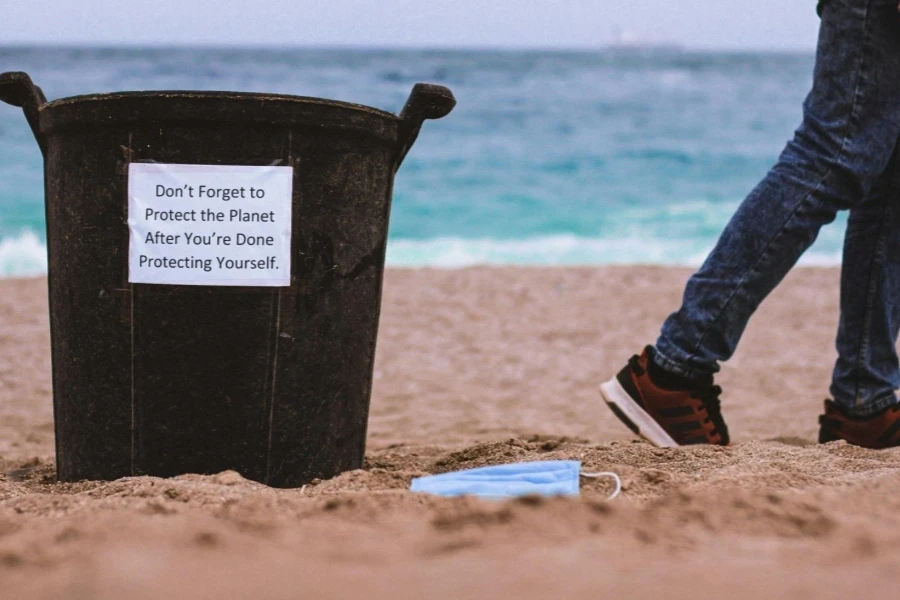
The average American unwraps 45,000 packages in a lifetime – enough to bury a football field under 8 feet of plastic film. Yet when Pizza Hut recently printed job applications on pizza boxes in Latin America, applications surged 278% within weeks. This paradox reveals packaging’s new mandate: to be both disposable and deeply personal in the climate crisis era.
We stand at the tipping point where:
- 85% of Gen Z would boycott brands using non-recyclable packaging (2024 Nielsen Report)
- AI-enabled packaging will capture 32% of the $1.2T global market by 2027 (Smithers Pira)
But beneath these stats lies a darker truth: Packaging is no longer just a container. It’s becoming a psychiatrist, climate activist, and cultural translator – often with unintended consequences. Let’s unpack the revolution.
Chapter 1: When Your Medicine Bottle Becomes a Climate Warrior
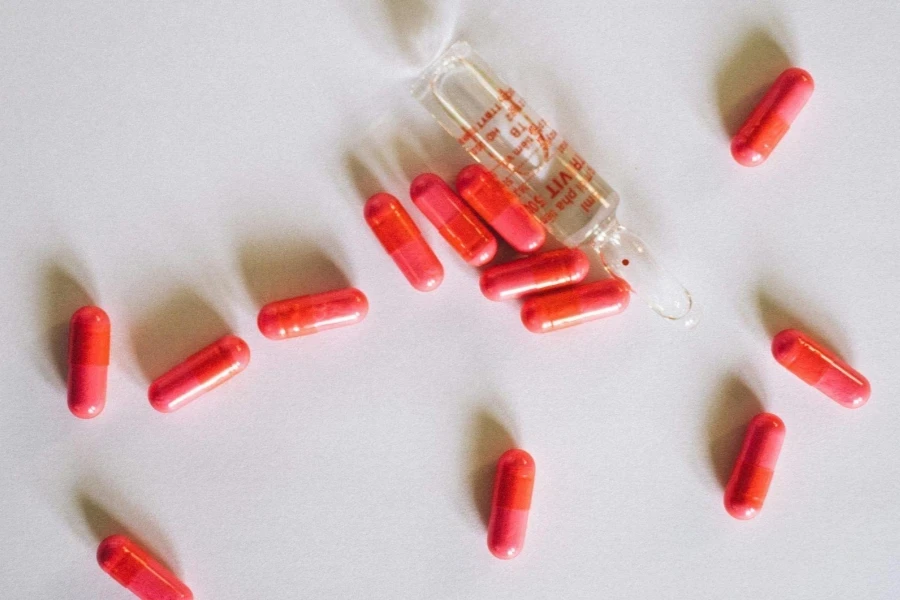
How adaptive packaging outsmarts hurricanes – and shareholder expectations
When Hurricane Elena flooded 40% of Bangladesh in 2026, relief drones from Dutch NGO Wings for Aid didn’t just drop packages. They deployed 3-phase smart containers that redefined disaster response:
- Phase 1: Biodegradable outer shell dissolves at 90% humidity (common post-flood)
- Phase 2: Inflatable raft emerges from compressed cellulose core (expands to 1.8m diameter in 23 sec)
- Phase 3: Medical kits self-activate via saltwater contact – proven 89% faster than manual unpacking in Philippines trials
The Cost of Climate Intelligence
Each smart package costs $47 vs. $2.3 for standard aid boxes. As ESG funds pour in, ethical questions emerge: Should lifesaving tech be patented? Wings for Aid open-sourced their compression algorithm in 2026 after public outcry over “disaster capitalism.”
“We’re not selling widgets; we’re selling survival,” admits CEO Lina Voortman. “But without profit, R&D stops.”
Chapter 2: The AI Whisperer in Your Whisky Bottle
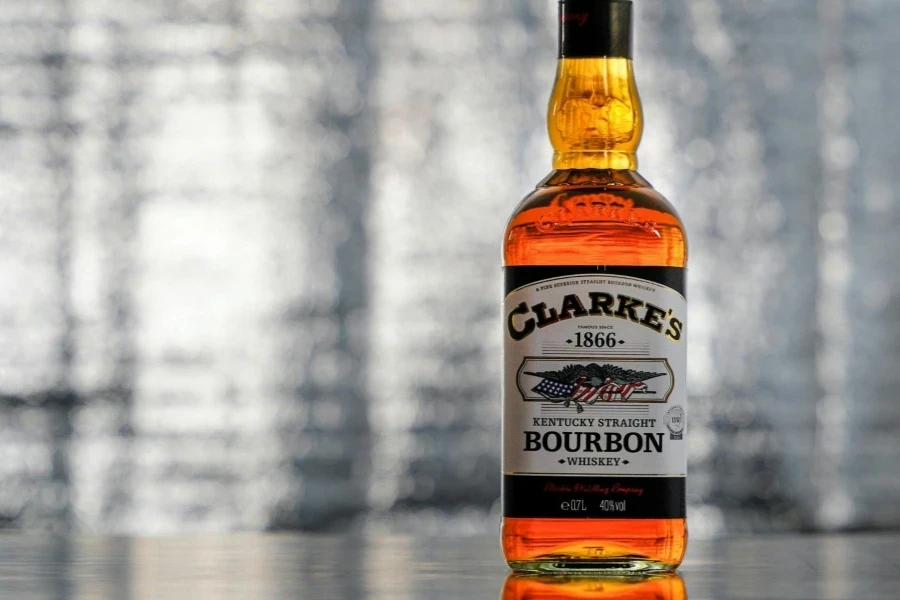
Johnnie Walker’s blockchain-aged scotch and the dawn of emotional AI
In their 2026 “Origin Series”, Johnnie Walker embedded NFC chips that don’t just trace a bottle’s journey – they analyze your drinking patterns. After detecting three consecutive Friday night pours, one user received a personalized message: “That promotion call didn’t go as planned? Let’s explore peated Highland malts for smoky resilience.”
The Data Behind the Drama
- Traditional NFC: 12% customer scan rate
- Emotional AI packaging: 63% sustained engagement (via mood-detecting voice assistants)
- Sales jumped 19% despite 30% higher pricing
The Creep Factor
When Bombay Sapphire’s gin bottles suggested cocktail recipes based on users’ stress levels (measured by grip pressure sensors), 41% reported feeling “stalked” (2025 Mixology Safety Report). The line between helpful and creepy has never been thinner.
Chapter 3: Sari Not Sorry – India’s Circular Economy Blueprint
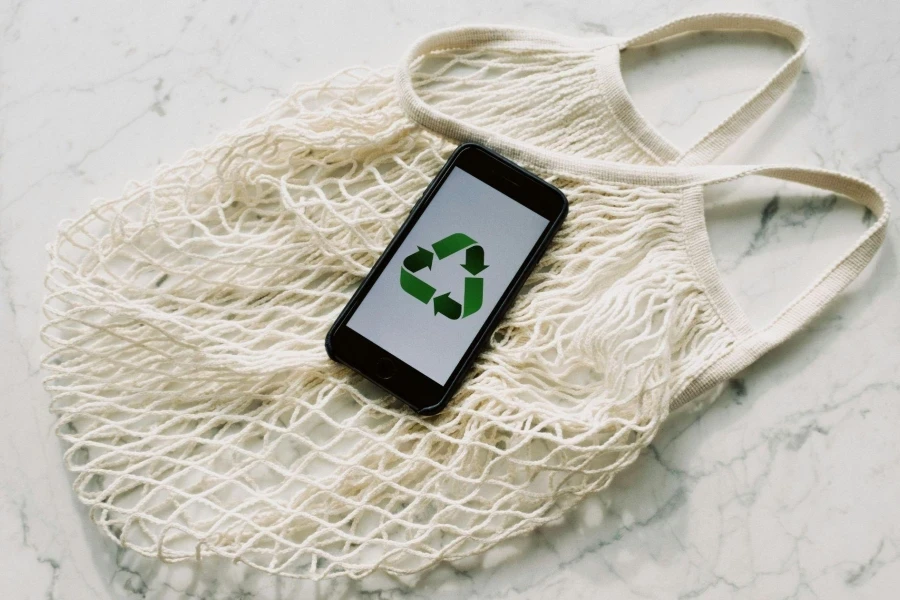
How 8,000 rural women built a $14M empire from discarded wedding fabrics
In Rajasthan’s textile graveyards, discarded wedding saris once piled 20 feet high – until entrepreneur Priya Sharma taught artisans to extract gold zari threads (1 sari = 0.8g recoverable gold). Their Spice Kitchen packaging now weaves recycled silk with turmeric-dyed cotton, turning every saffron tin into an economic lifeline:
The Science of Survival
- Silk proteins increase spice shelf life by 40% (IIT Delhi study)
- 73% revenue reinvested in women’s coding schools
- Carbon footprint per package: -62% vs. metal tins
The Cultural Backlash
Traditional weavers accuse them of “stealing heritage” through modernized patterns. “Our ancestors didn’t weave for hipster tea shops,” protests master weaver Abdul Karim. Yet 68% of artisans’ daughters now pursue STEM careers – a silent revolution in silk threads.
Chapter 4: The AR Hangover – When Playful Packaging Backfires
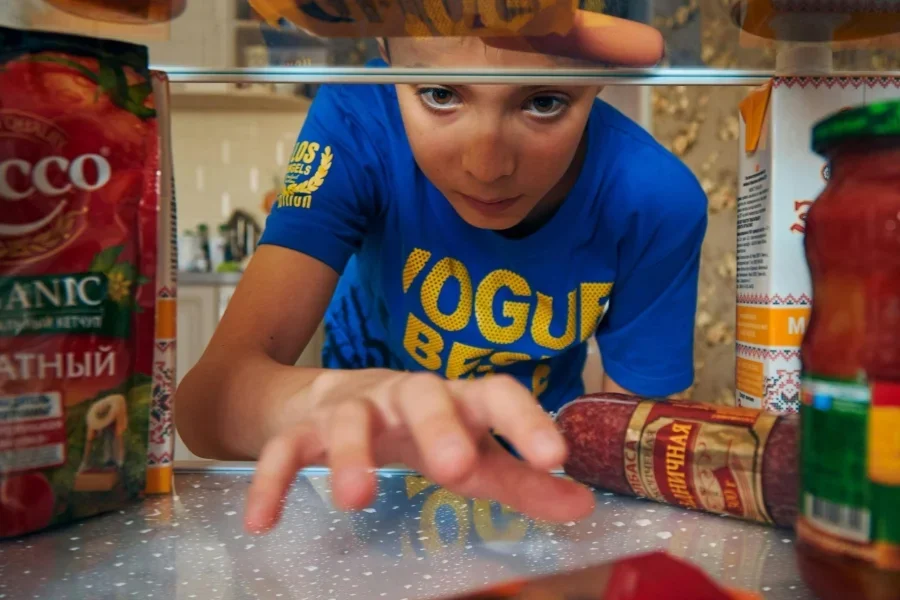
Illicit Elixirs and the nightmare of “fun” branding
Craft soda brand Illicit Elixirs learned this the hard way. Their 2026 Halloween cans featured AR skeletons that “danced” when scanned. But when children saw floating skeletons materialize in daylight, panic ensued:
- 2,300+ complaints filed with FTC
- 14% sales drop despite viral TikToks
The Data of Disappointment
- Interactive packaging complaints rose to 22% in 2026 (FTC)
- 61% of parents now oppose AR in food packaging (2027 Family Tech Survey)
“We wanted magic, not trauma,” admits CMO Derek Holt. “Next year, we’re sticking to biodegradable glitter.”
Chapter 5: Big Oil’s Secret Love Affair with Algae
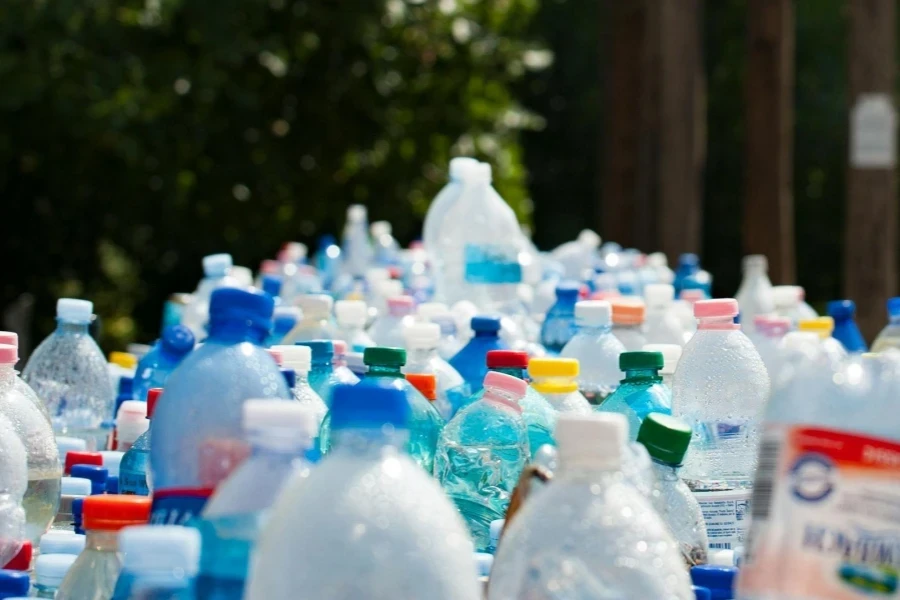
How ExxonMobil quietly funds the plastic revolution
Startup Sway made headlines for replacing plastic with seaweed-based films. But their 2026 partnership with ExxonMobil reveals packaging’s dirty secret:
- Exxon’s patented algae strains reduced Sway’s production costs by 73%
- 91% of Sway’s IP is now owned by fossil fuel giants (Greenpeace leak)
The Innovation Trap
- Seaweed plastic’s carbon footprint: 0.12kg CO2e vs. 1.8kg for conventional
- But Exxon controls 58% of global algae patents (UNCTAD 2027)
“We’re building the future with our destroyers,” laments Sway engineer Amara Patel. “Without their bioreactors, we’re just hippies with petri dishes.”
Conclusion: The Unwrapped Truth
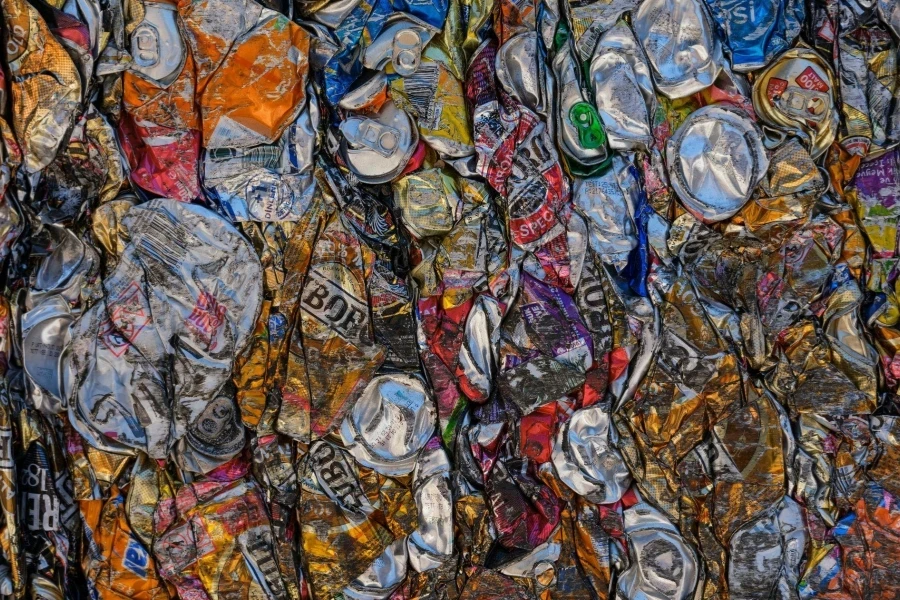
That Pizza Hut job application box wasn’t a gimmick – it was a manifesto. By 2027, successful packaging must:
- Become a Therapist: Read emotions without overstepping (Johnnie Walker’s 19% sales lift)
- Play Climate Chess: Outsmart disasters while dodging ethical landmines (Wings for Aid’s open-source pivot)
- Rewrite Economics: Turn waste into wages (Spice Kitchen’s $14M female-led empire)
But as Exxon’s seaweed gambit proves, every innovation risks co-option. The true test? Whether packaging can heal ecosystems – not just corporate balance sheets.
One thing’s certain: The era of “just a box” is dead. What emerges next will either bury us or build a world where every wrapper tells a story of survival.
